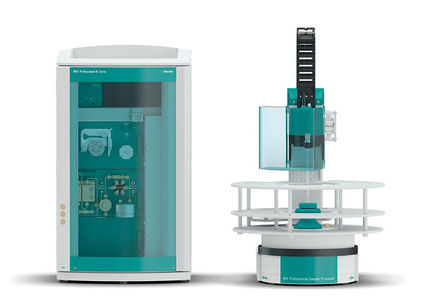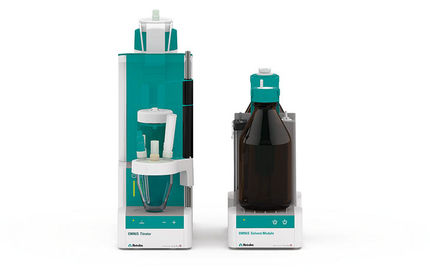To use all functions of this page, please activate cookies in your browser.
my.chemeurope.com
With an accout for my.chemeurope.com you can always see everything at a glance – and you can configure your own website and individual newsletter.
- My watch list
- My saved searches
- My saved topics
- My newsletter
Alpidem
Alpidem (Ananxyl®) is an anxiolytic drug from the imidazopyridine family, related to the more well known sleeping medication zolpidem. Unlike zolpidem however, alpidem does not produce sedative effects at normal doses, and is instead used specifically for the treatment of anxiety.[1][2] Alpidem is a fairly recently introduced drug, and is not widely used. Alpidem acts selectively on the omega 1 (BZ1) receptor subtype, a benzodiazepine receptor.[3][4] However the chemical structure of alpidem is not related to that of the benzodiazepines, and alpidem is thus sometimes referred to as a nonbenzodiazepine.[5]
Product highlight
IndicationsAlpidem is generally prescribed to patients with moderate to severe anxiety.[6] Most of these patients have exhibited either sensitivity or resistance to benzodiazepine therapy, and therefore switched to a non-benzodiazepine medication due to the reduced incidence of side effects relative to benzodiazepine drugs.[7][8] Alpidem produces little or no sedative or hypnotic action at normal doses but may produce sedation when used at a high dose, and only has anticonvulsant actions at much higher doses than those used clinically for the treatment of anxiety.[9]
DangersAlpidem was withdrawn from the market in most of the world following reports of severe liver damage caused by Ananxyl,[10][11] although other brands of alpidem may still be on sale in some countries. See alsoReferences
Categories: Anxiolytics | Imidazopyridines |
|||||||||||||||||||||||||||||||||||||||||||||||||||||||||||
| This article is licensed under the GNU Free Documentation License. It uses material from the Wikipedia article "Alpidem". A list of authors is available in Wikipedia. | |||||||||||||||||||||||||||||||||||||||||||||||||||||||||||







